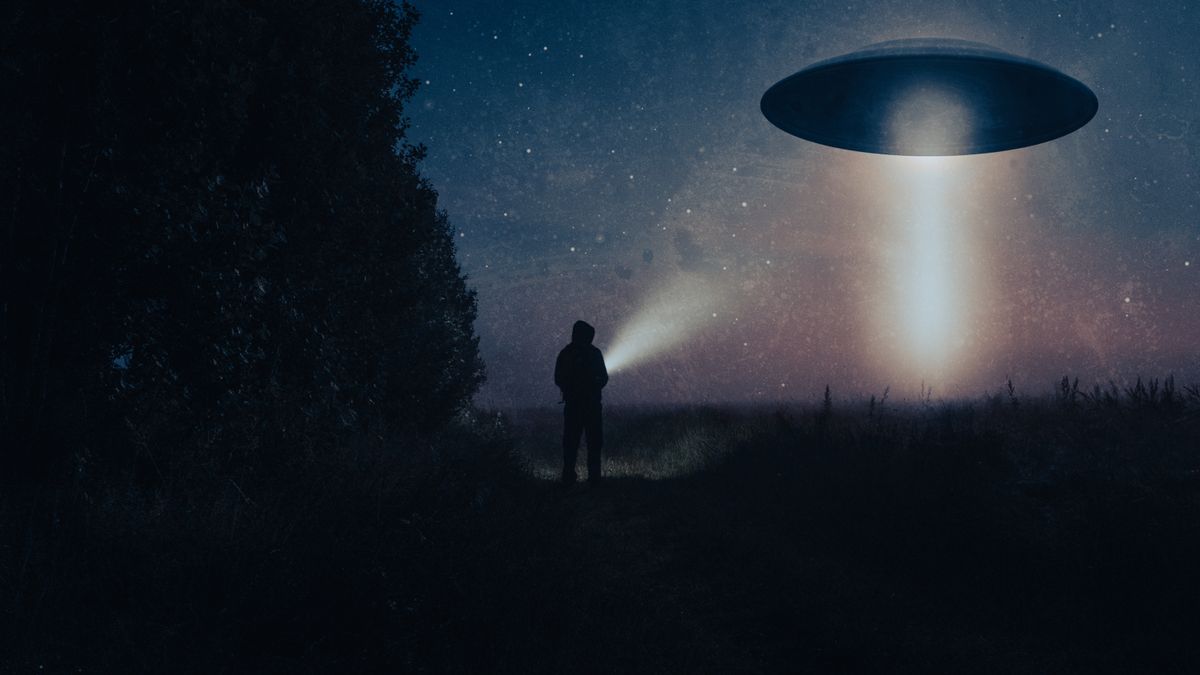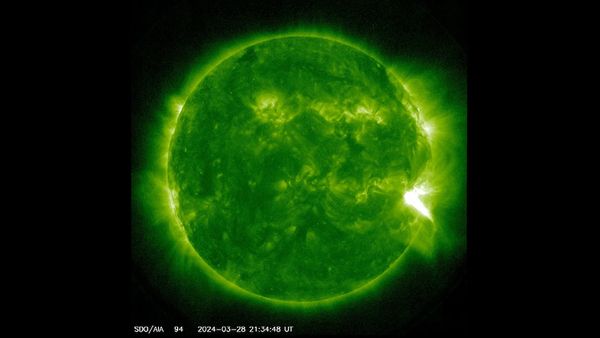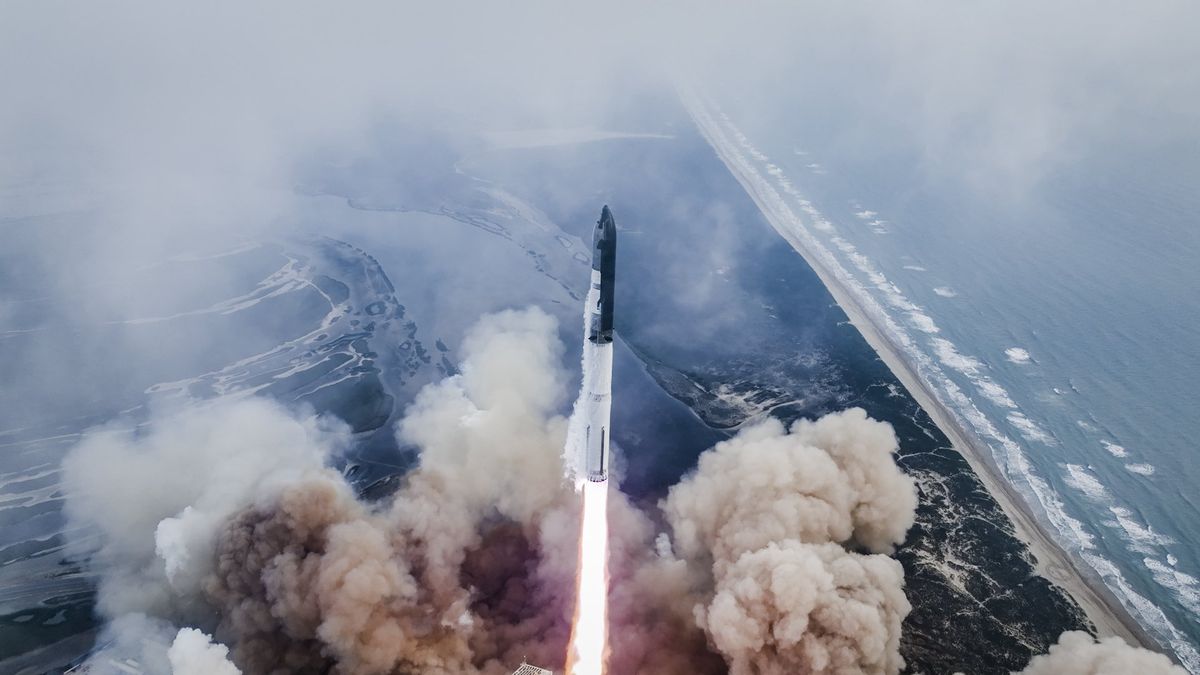The Influence of Environmental Factors on UFO Sightings in the Western U.S.
Recent research suggests that individuals in the western United States who appreciate expansive, open spaces might be more inclined to report sightings of unidentified aerial phenomena (UAP), commonly known as UFOs. An investigation into UAP reports spanning 20 years and totaling around 98,000 entries, sourced from an accessible, online database managed by the National UFO Research Center (NUFORC), indicates that local environmental conditions play a significant role in the frequency of reported sightings.
Environmental Variables and Reported UAP Sightings
The study conducted by Richard Medina, a geographer at the University of Utah, extensively analyzed the correlation between reported UAP sightings and various environmental factors. These factors included light pollution, cloud cover, as well as proximity to airports and military installations. Surprisingly, the analysis revealed a concentration of reported sightings in the western U.S., with a smaller hotspot observed in the northeastern region.
Medina expressed his astonishment at these findings, stating, “It was completely unexpected.” The prevalence of sightings in the western U.S. was suggested to be influenced by the region’s vast open spaces and consistently pleasant weather throughout the year, which encourage individuals to engage in outdoor recreational activities, thus increasing the likelihood of looking skyward.
Furthermore, the historical association of the western U.S. with UAPs, such as the prominent Area 51 in Nevada, known for conspiracy theories surrounding alien technology testing, may contribute to the high number of reported sightings. Similarly, the infamous incident in Roswell, New Mexico, involving the alleged crash of a flying saucer in 1947, could have also impacted the frequency of UAP reports.
The Puzzling Nature of UAP Sightings
Notably, the research team acknowledges the complexity of the reported sightings and refrains from making definitive claims about these phenomena. The ambiguity surrounding individuals’ observations underscores the need for further investigation to differentiate between legitimate UAP occurrences and ordinary objects mistaken for extraordinary occurrences.
The analysis of the NUFORC dataset focused on assessing two main factors influencing UAP sightings in each U.S. county. The first factor was related to the sky view potential, encompassing elements like light pollution and cloud cover, while the second factor considered the likelihood of objects in the sky, factoring in proximity to aviation and military facilities.
Medina emphasized the importance of discerning the true nature of these sightings, especially in the context of national security concerns. With technological advancements giving rise to a multitude of objects in the sky, distinguishing between genuine UAP sightings and misidentifications becomes increasingly critical.
The Need for Further Research
Despite significant progress in understanding reported UAP sightings, challenges remain in comprehensively analyzing the vast amounts of data available. Ongoing research aims to investigate temporal patterns within the NUFORC database and explore additional factors like drone activity and sociocultural influences to gain deeper insights into the reported phenomena. The quest for clarity regarding UAP sightings continues, with researchers committed to unraveling the mysteries that lie beyond.
Image/Photo credit: source url





